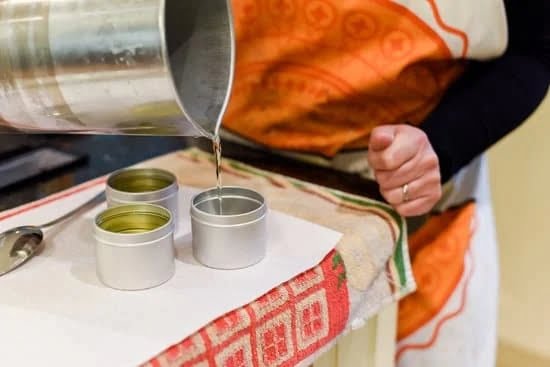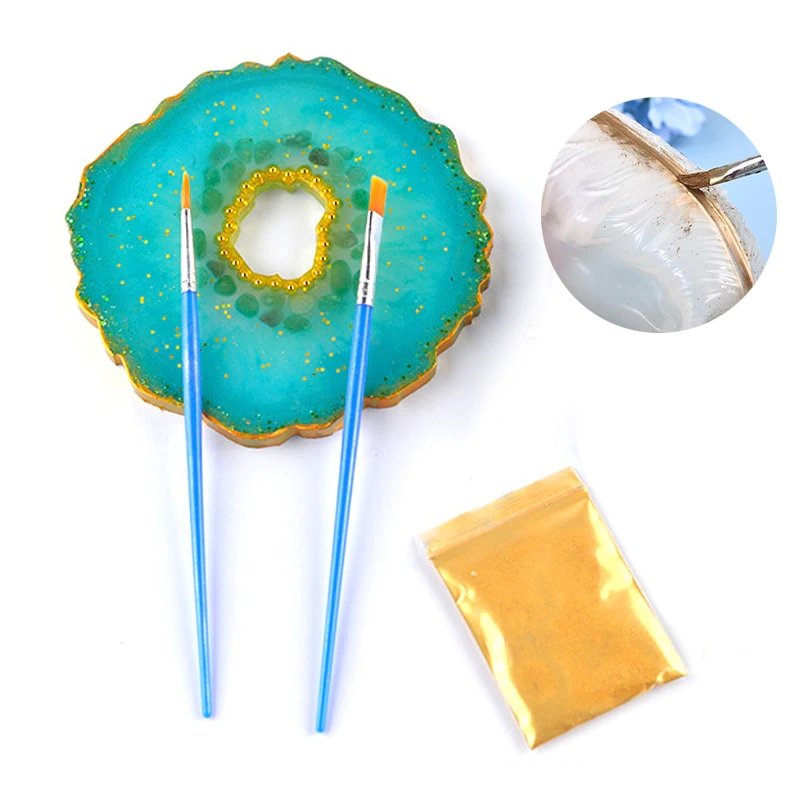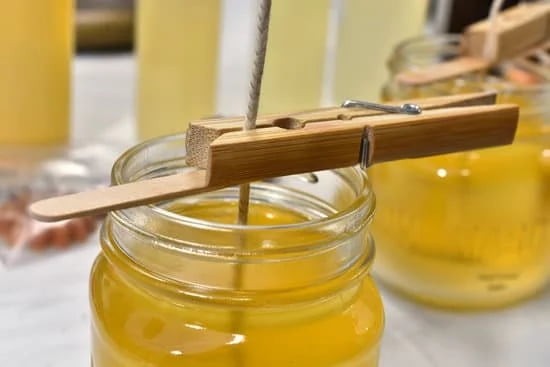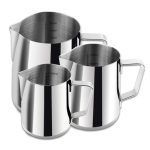Introduction
Vegetable oil candles are a great alternative to conventional, wax-based candles. Not only are they free of the chemicals found in paraffin or beeswax candles, but they are also inexpensive and easy to make. With the right materials, anyone can make vegetable oil candles at home.
To start, you will need wicks, clean containers, vegetable oil of your choice, a shallow container with a lip, pot holders or oven mitts, and scissors. Begin by soaking your wicks for about 15 minutes: longer if necessary to get them fully saturated with liquid. Trim your wicks so each one extends about 1/4 inch above your containers. Place one end of the clean containers in boiling water for about 10 minutes to hold their shape as you fill them up with vegetable oil – take extra care when handling hot items and use pot holders or oven mitts! Next, pour the vegetable oil into the shallow vessel and set the saturated wicks securely on top – they should stick slightly out above the surface. Wait 30 minutes before adding more oil until all of it has been carefully transferred into the containers. Finally, light your candles when ready!
With just a few materials and these steps, making vegetable oil candles is easy! The benefits that come from using these eco-friendly alternatives include lower emissions of pollutants than conventional paraffin candles while providing you with the same ambiance that you would get from burning their mainstream counterparts. Be sure to be cautious when handling hot objects and never leave burning candles unattended ” happy candlemaking!
Materials Needed
Making vegetable oil candles is a great way to have natural lighting and to add a touch of decor to your home. You will need vegetable oil, wicks, glass containers with lids, pliers, scissors and something to cut the wick (such as kitchen shears or wire cutters). You can find these supplies at your local craft store, hardware store or online. You can also use Mason jars with small holes punched in the lid for the wicks. Additionally, you will need some sort of absorbent material such as cotton balls or cotton rounds from a craft store or drugstore. Finally, you will need essential oils (optional) for scenting the candle.
Constructing the Candle
Step 1: Gather Your Materials
Gather all the materials you will need to create your vegetable oil candle: vegetable oil, wick, glass holder with a wide circumference (large enough to hold the amount of oil you plan to use), scissors or wire cutters, match and wax paper.
Step 2: Measure and Cut the Wick
Cut the wick so it fits into the glass holder when pulled taut. You may want to leave a few inches of extra length for easy trimming later on.
Step 3: Insert Wick into Container
Gently insert one end of the wick into the bottom of the container. This should require some light pressure, as you don’t want it too snug inside.
Step 4: Secure Wick on Top
Fold a piece of wax paper in half and place it over the top of container and secure tightly with rubber bands or string. Place tape if needed to keep it in place.
Step 5: Pour Vegetable Oil
Remove wax paper from top and slowly pour vegetable oil until it reaches just below the rim of container – no higher than 1/2” below brim is recommended. Allow time for oil to saturate into wick before continuing to Step 6.
Picture Tutorial (for Steps 1-5):
[Insert picture tutorial here]
Decoration Ideas
When decorating vegetable oil-powered candles, it is important to use only decorations that are safe to use with such type of fuel. For example, avoid plastic ornaments, as they can melt when exposed to high temperatures. Instead, use items like punched tin, wax paper or a wooden cutting board. These materials are less likely to be damaged by heat. You can also make unique decorations using leftover dried flowers, bits of twigs and pinecones. Additionally, you can personalize your candle by using fabric scraps. Cut small shapes out of the fabric material of your choice and glue it on the sides of the candle jar. If you want something more subtle, try decoupaging tissue paper into a pattern around the jar for an eye-catching design. Finally, add a festive touch by wrapping yarn or cotton string around the lid for nice contrast. Have fun getting creative and enjoy lighting up your home with these vegetable oil candles!
Benefits of Vegetable Oil Candles
Vegetable oil candles are a great option for people who want an all-natural, clean burning candle. They are made from pure vegetable oils, so the products are biodegradable and have no synthetic fragrances or colors. Vegetable oil candles also produce significantly less soot, making them an ideal choice for anyone with allergies or sensitivities to smoke and various fragrances.
In addition, vegetable oil candles tend to last longer than traditional paraffin wax or beeswax candles since they slowly liquefy into their containers, resulting in a longer-lasting flame. In some cases, reports suggest that vegetable oil candles can burn up to three times as long as other types of candles. Due to their low melting point, vegetable oil candles also emit a lower amount of heat than other types of wax and can be used in areas where fumes need to be minimized such as near beds and furniture. As an added bonus, many vegetables oils used in these types of candles are also renewable resources with benefits for the environment.
Care and Maintenance
Vegetable oil candles are an excellent way to provide light and character to a room without using toxic materials such as paraffin wax. However, when lighting vegetable oil candles, it is important to practice caution and follow some basic guidelines for their care and maintenance in order to prevent any potential hazards or dangers.
When lighting vegetable oil candles, ensure that the wick is trimmed properly of any charred pieces since excess wick will create an uneven flame which could lead to overflowing of the melted wax. When refilling with more oil use a funnel so that you do not waste any precious oil! In addition to this precaution, never fill a container higher than its neck because some oils can expand when heated and cause the candle to overflow.
Always make sure that the flame of a vegetable oil candle is never left unattended or close to items that can catch fire easily; always place your candles on heat-resistant surfaces and keep them away from drafts. Additionally, try not to move your candle while it is burning; doing so can cause wax overflows as well as dangerous spillage of hot liquid wax. As with all candles, keep children away from these lights since they may not recognize the risk of injury associated with them.
Conclusion
Making your own vegetable oil candles can be a fun and rewarding project. Not only are they thrifty, but you can be creative with them by adding scents and decorations. With the right supplies, you can make any kind of oil candle that you like, from tealights to floating ones. The possibilities are endless! So grab a few supplies and have fun creating your own unique vegetable oil candles. Whether you want something simple or more complex, there’s something in this project for everyone. Try out different scents, dyes or even shapes to give your candles a totally original look! With a little bit of creativity and perseverance, you will be sure to light up your home with these homemade beauties!

Welcome to my candle making blog! In this blog, I will be sharing my tips and tricks for making candles. I will also be sharing some of my favorite recipes.





